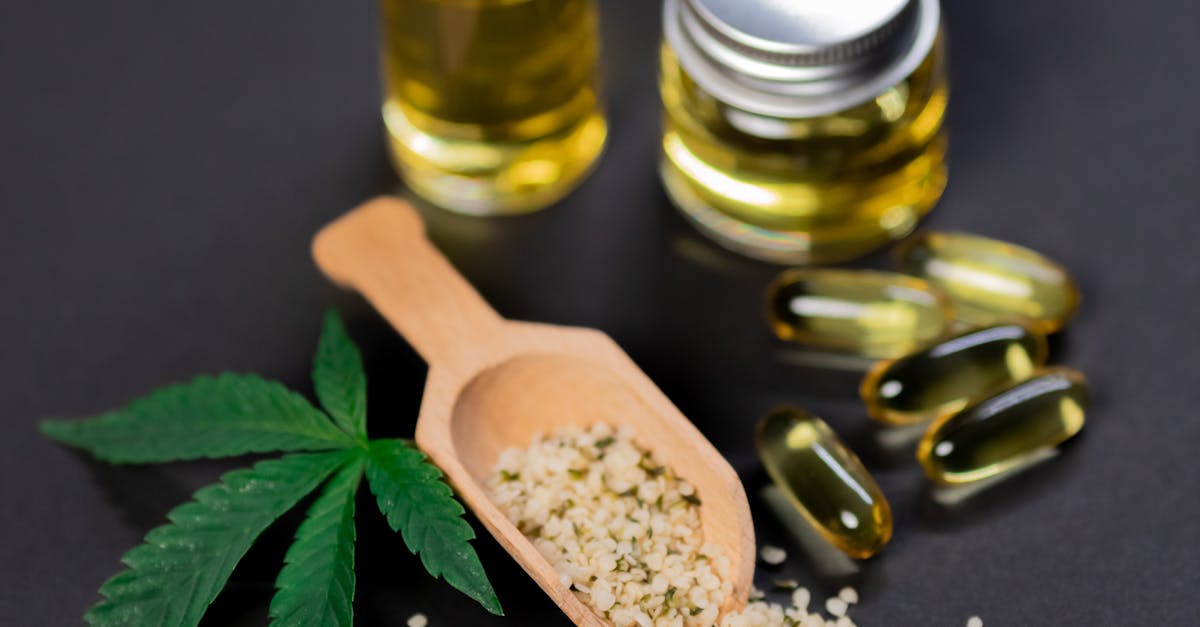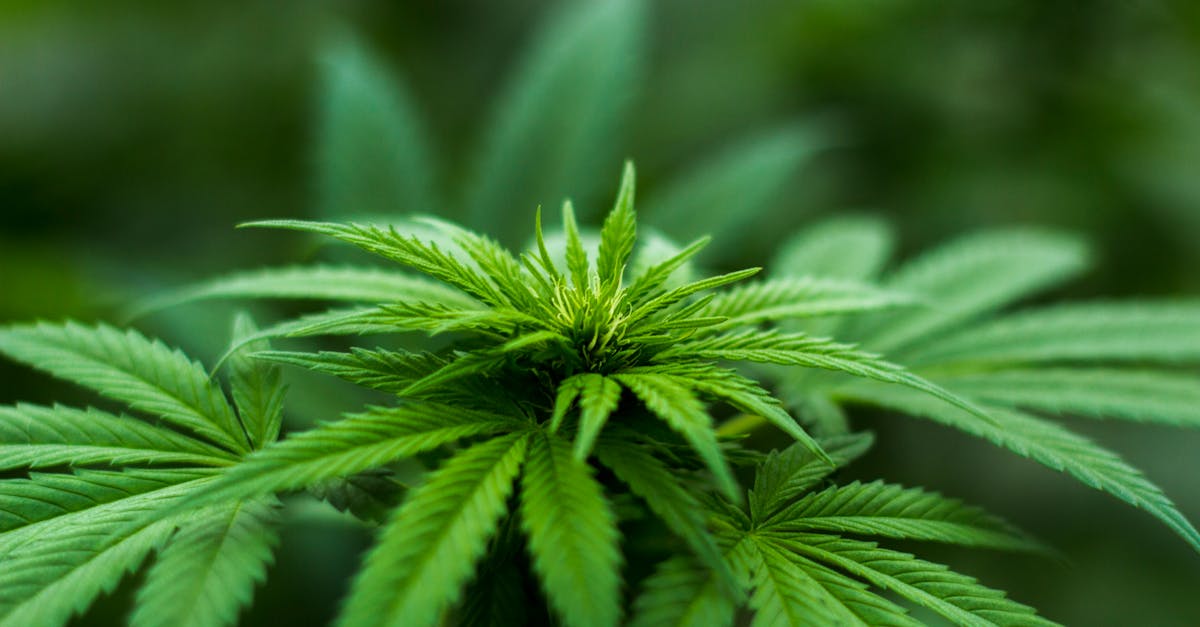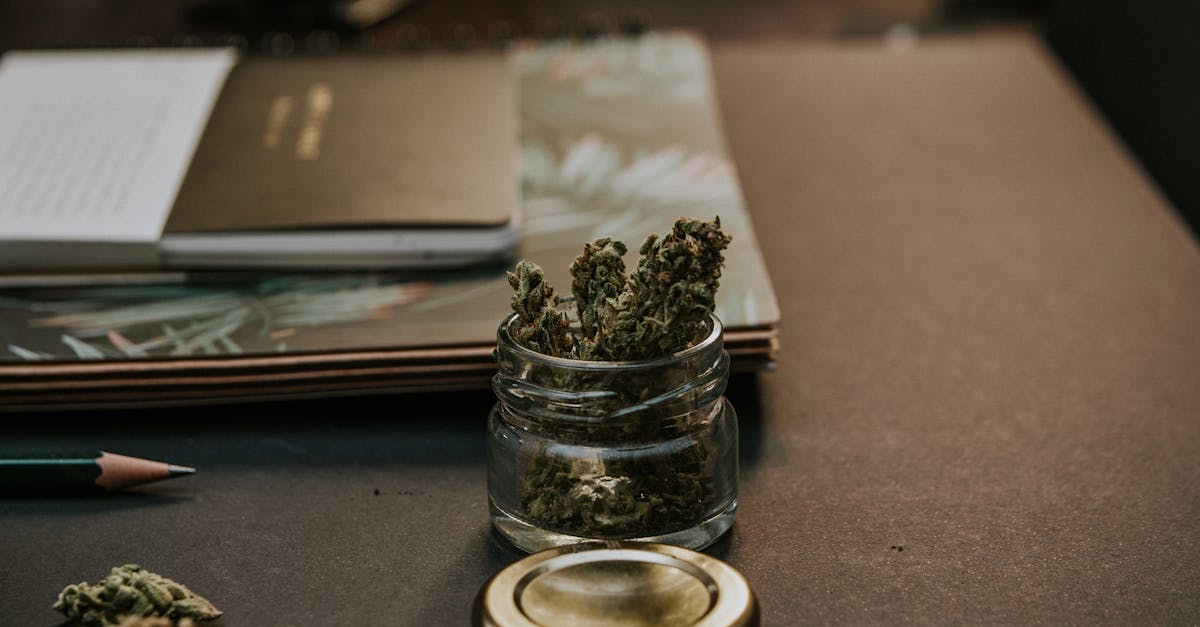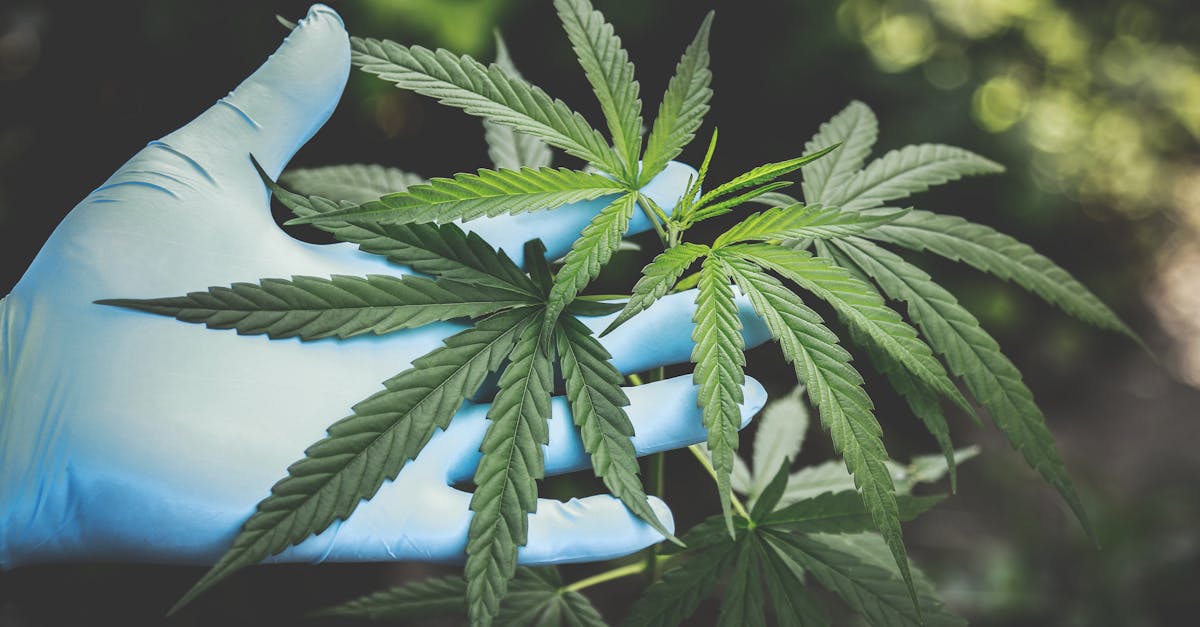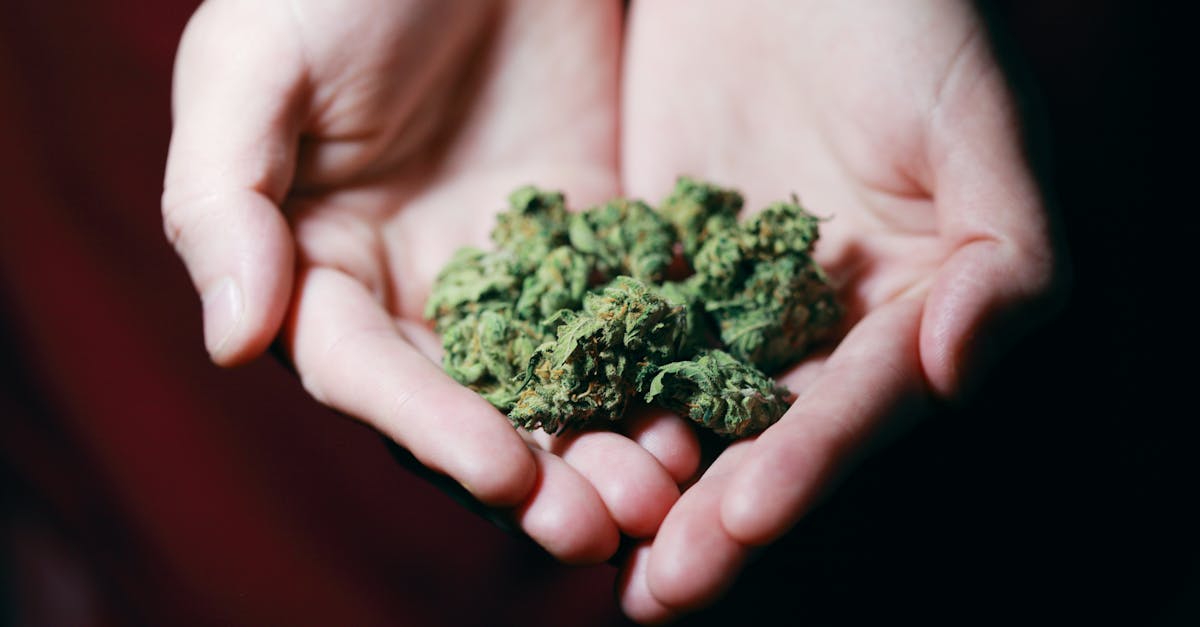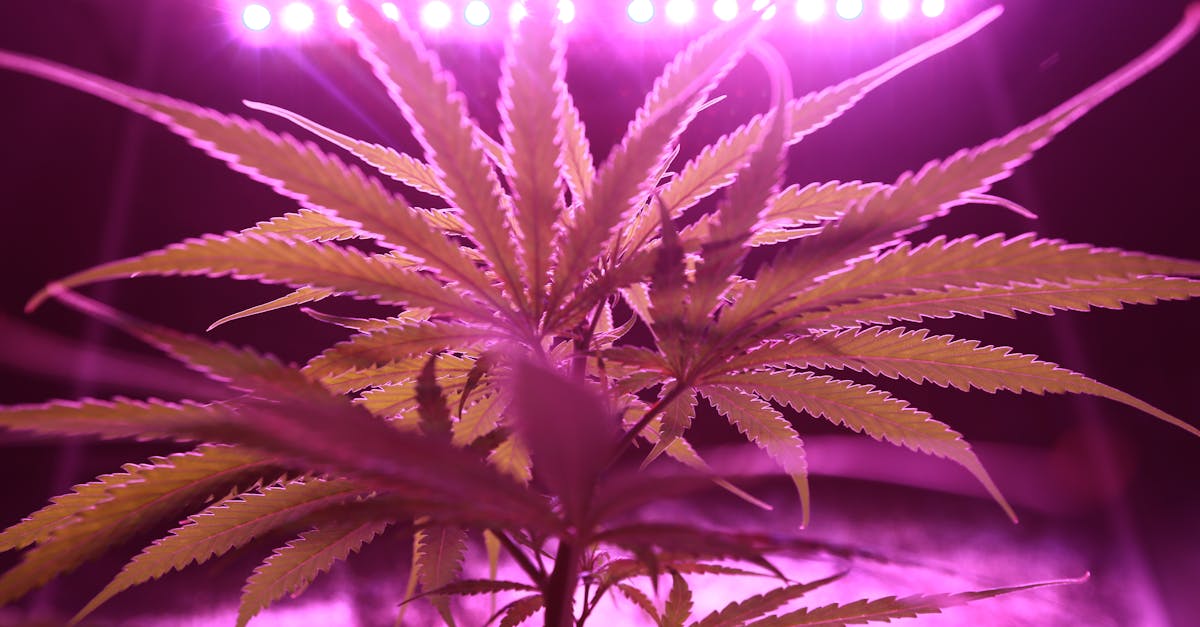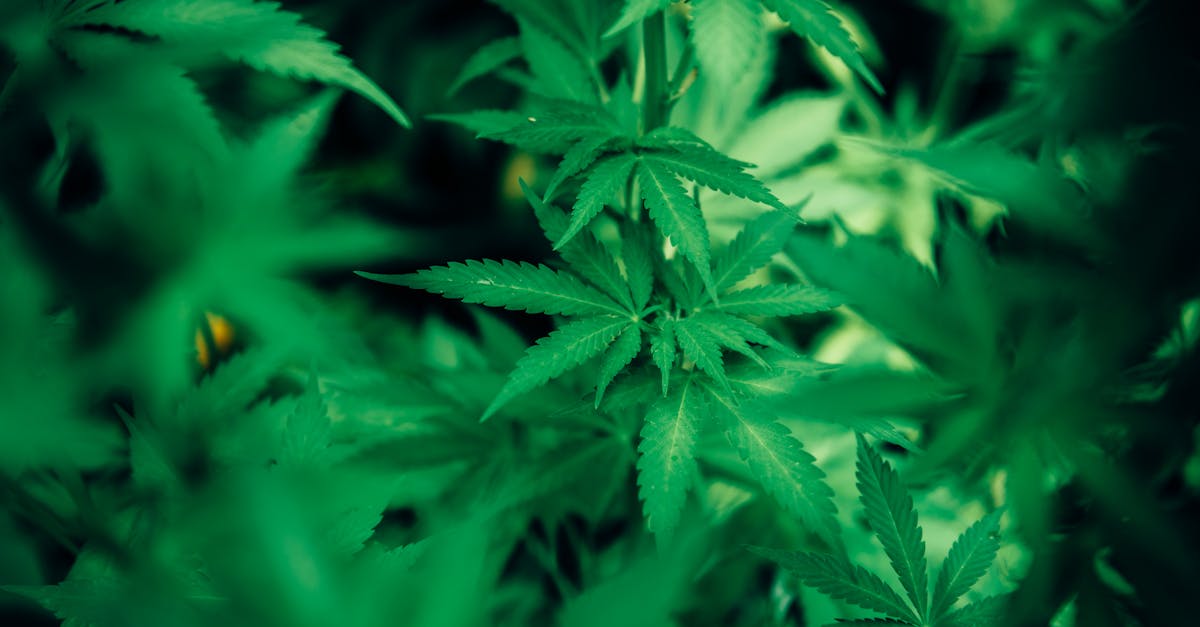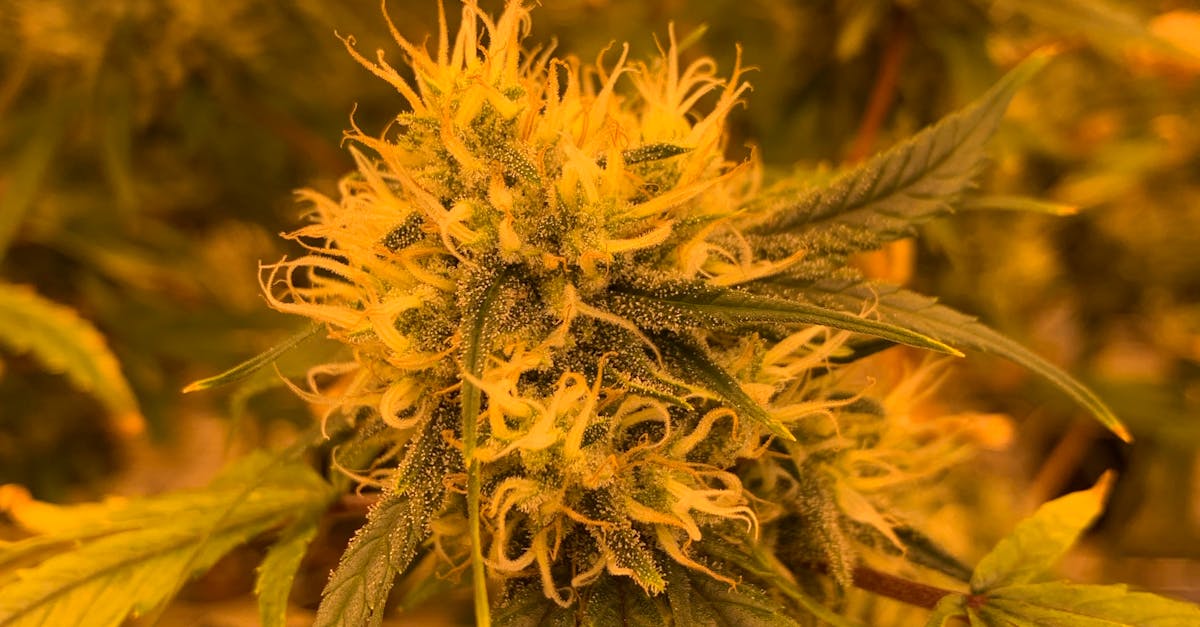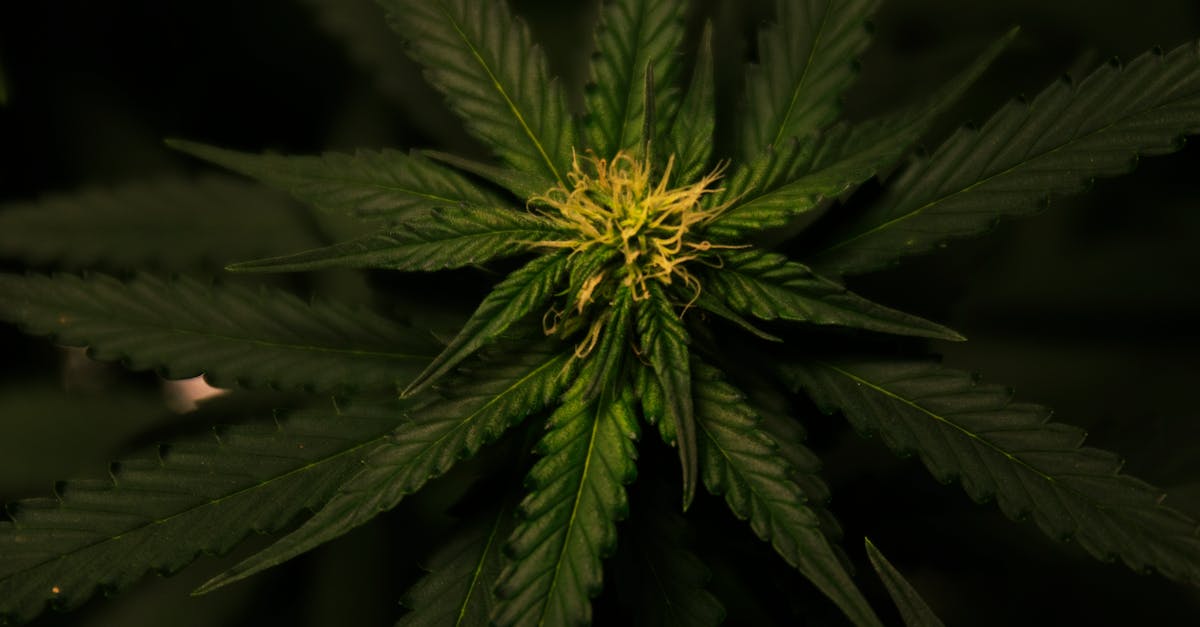
Table Of Contents
Common Issues During Cannabis Flowering
Common Issues During Cannabis Flowering
Cannabis flowering, despite its beauty, can bring about a set of challenges for growers. One common issue that arises during this stage is nutrient deficiencies, often marked by yellowing leaves or unusual leaf discolouration. It is crucial for growers to monitor and adjust nutrient levels accordingly to ensure the plant's health and development. Another issue that can plague cannabis flowering is the presence of pests, such as spider mites or aphids. These unwelcome visitors can wreak havoc on cannabis plants, impacting their growth and overall yield. Implementing preventative measures and regularly inspecting the plants can help mitigate the risks associated with pests. Additionally, fluctuations in temperature and humidity levels can also pose a threat to Cannabis Flower Haldimand during the flowering stage. Growers must strive to maintain stable environmental conditions to support healthy growth and minimize the likelihood of stress-related problems.
Dealing with Pests and Diseases
During the cannabis flowering stage, it is crucial to remain vigilant against pests and diseases that can jeopardize the health and quality of your plants. Some common pests to watch out for include spider mites, aphids, and whiteflies, which can quickly infest cannabis plants. To combat these issues, regular inspection of the leaves and buds is essential. Additionally, keeping the growing environment clean and well-ventilated can help prevent the spread of pests and diseases. In Haldimand County, where cannabis cultivation is popular, growers must pay close attention to the signs of potential infestations to ensure a successful flowering period for their plants.
Alongside pests, diseases can also pose a significant threat to cannabis plants during the flowering stage. Common diseases such as powdery mildew and botrytis can impact the overall yield and quality of the harvested buds. To minimize the risk of diseases affecting your cannabis plants, it is recommended to practice good hygiene measures, such as proper air circulation and spacing between plants. In Cannabis Flower Haldimand County, growers often implement preventive measures like using organic fungicides and maintaining optimal growing conditions to reduce the likelihood of diseases taking hold. By staying proactive and attentive to the health of the plants, cultivators can protect their cannabis flowers and promote a successful harvest.
Harvesting Cannabis Flowers at the Right Time
When it comes to harvesting cannabis flowers at the right time, timing is crucial to ensure the best potency and flavour in your final product. Cannabis Flower Halton Hills should ideally be harvested when the trichomes have reached their peak ripeness. These tiny, resinous glands on the buds will change colour as they mature, typically shifting from clear to cloudy or amber, depending on the strain.
Timing is key to reaching the desired effects from your Cannabis Flower Halton Hills, whether you prefer a more uplifting, energetic high or a relaxing, sedative experience. Harvesting too early can result in lower potency, while waiting too long can lead to a more narcotic effect. By closely monitoring the trichomes and observing their colour changes, you can ensure that your cannabis flowers are harvested at the optimal time for the desired outcome.
Checking Trichome Colour for Maturity
When determining the optimal time for harvesting cannabis flowers, a key indicator to observe is the trichome colour. Trichomes are tiny, crystal-like structures found on the surface of cannabis buds that contain many of the plant's cannabinoids, including THC and CBD. To check the maturity of the trichomes, a magnifying glass or jeweller's loupe is often used to get a closer look.
As the cannabis plant matures, the trichomes transition through different colour phases. Initially, they may appear clear or transparent, but as the plant nears its peak potency, the trichomes begin to turn cloudy, and eventually, they may take on an amber or milky hue. The ideal time for harvesting cannabis flowers depends on the desired effects; for a more uplifting and cerebral high, harvesting when the trichomes are predominantly cloudy is recommended. Alternatively, for a more sedative and relaxing experience, waiting until the trichomes have turned amber may be preferable. Cannabis Flower Maple offers a visually striking way for cultivators to gauge the maturity of their plants and ensure they harvest at the perfect moment for their desired outcomes.
Drying and Curing Cannabis Buds Effectively
When it comes to drying and curing cannabis buds effectively, the process requires patience and attention to detail to achieve the desired quality and potency. After harvesting the Cannabis Flower Georgetown, it's crucial to dry the buds in a cool, dark, and well-ventilated space. Hanging the buds upside down allows for proper air circulation, which helps prevent mold and mildew growth.
Once the buds have dried to the desired level of crispiness on the outside but still retain some moisture on the inside, it's time to begin the curing process. Place the dried buds in glass jars, filling them about three-quarters full to allow for air circulation. Remember to burp the jars daily for the first couple of weeks to release any excess moisture and prevent mold. Properly drying and curing cannabis buds not only enhances their flavour and aroma but also ensures a smoother smoking experience.
Maintaining Optimal Humidity Levels
When it comes to growing Cannabis Flower Maple, maintaining optimal humidity levels is crucial during the drying and curing process. High humidity can lead to mold and mildew formation on the buds, ruining the entire yield. On the other hand, low humidity can cause the buds to dry out too quickly, affecting the flavour and potency of the final product.
To maintain optimal humidity levels, it is recommended to keep the humidity between 45% to 55% during the drying phase and between 50% to 60% during the curing phase. Using a dehumidifier or humidifier, depending on the specific humidity needs of your environment, can help achieve these levels. Monitoring the humidity regularly and making adjustments as needed will ensure a successful drying and curing process for your Cannabis Flower Maple buds.
FAQS
What does cannabis flowering look like?
During the flowering stage, cannabis plants develop small, white hairs called pistils that eventually turn into buds. The buds will grow larger and denser as they mature.
How long does the flowering stage of cannabis last?
The flowering stage of cannabis typically lasts between 6 to 10 weeks, depending on the strain of the plant.
What are some common issues that can arise during cannabis flowering?
Common issues during cannabis flowering include nutrient deficiencies, pests, diseases, and environmental stressors that can impact the health and development of the plants.
How can I tell if my cannabis plant is ready to be harvested?
Cannabis plants are ready to be harvested when the pistils have turned from white to a darker colour, and the trichomes (resin glands) on the buds have turned cloudy or amber.
What is the best way to dry and cure cannabis buds effectively?
To dry and cure cannabis buds effectively, hang them in a dark, well-ventilated room with a temperature of around 20-22°C and humidity levels between 45-55%. It is important to monitor the buds closely during the drying and curing process to prevent mould and preserve potency.
